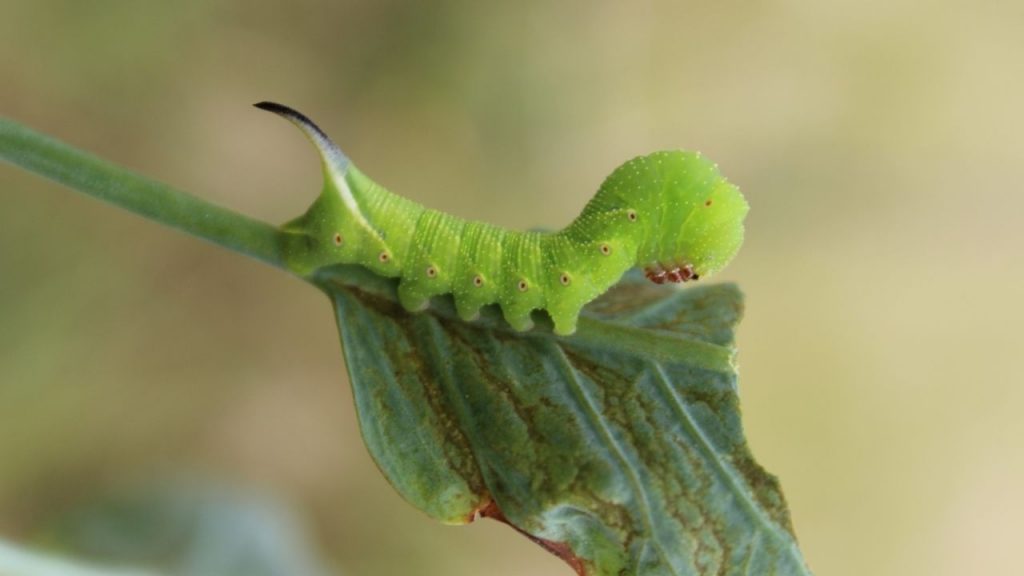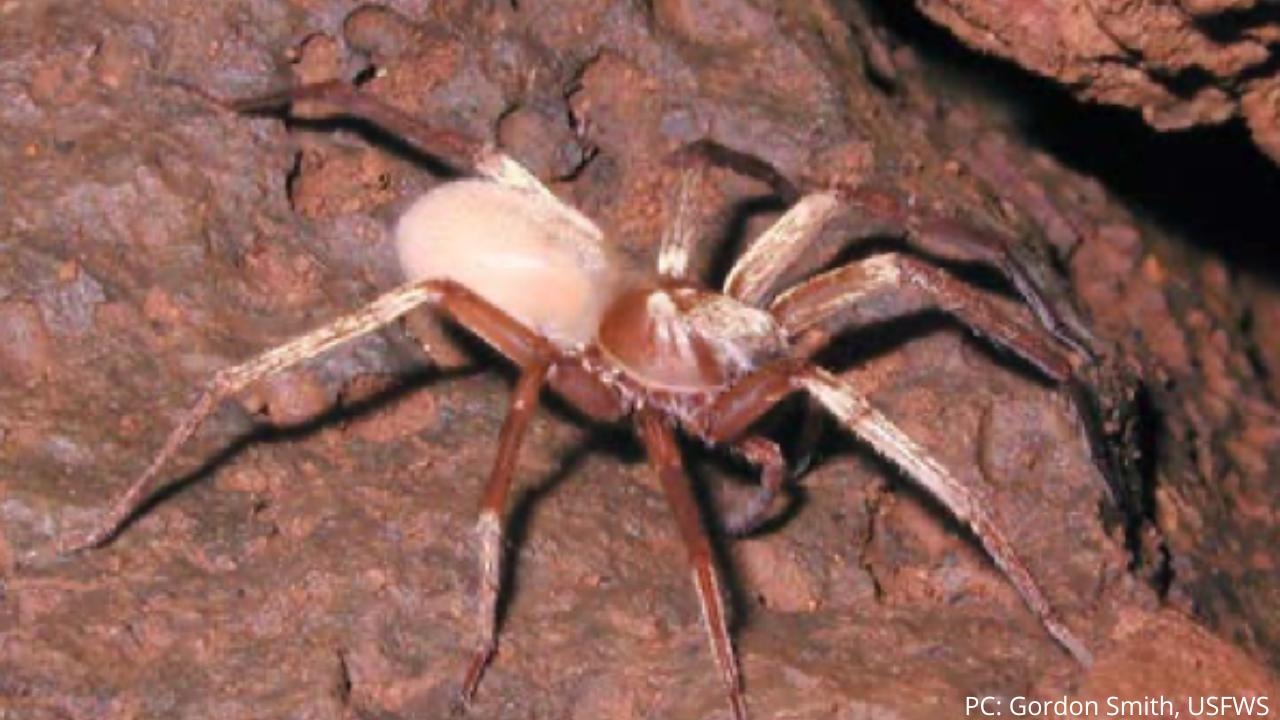Native Invertebrate Species
Native Invertebrate Species

Hawaiʻi has over 6,000 species of native invertebrates (e.g., insects, snails, and arachnids), all of which are found nowhere else in the world. Below we provide information on some of the most at-risk native invertebrates. Hawaiʻi also has a large number of non-native and invasive invertebrates. You can find profiles of invasive invertebrates in Hawaiʻi on the website for the Hawaiʻi Invasive Species Council, which is also administered by the DLNR Division of Forestry & Wildlife.
Selected Species & Genera
Taxonomic Orders of Hawaiʻi’s Invertebrates
In addition to the species and genera described above, the Hawaiʻi State Wildlife Action Plan provides fact sheets on Hawaiʻi’s invertebrate orders. Orders are higher-level taxonomic groups that contain smaller taxonomic groups, like families, genera, and species.
- Stylommatophora, Archaeogastropoda (land snails)
- Acari (mites and ticks)
- Araneae (spiders)
- Pseudoscorpionida
- Archaeognatha (bristlethighs)
- Coleoptera (beetles)
- Collembola (springtails)
- Dermaptera (earwigs)
- Diptera (true flies)
- Heteroptera (true bugs)
- Homoptera (aphids, plant/leaf hoppers, psyllids, mealybugs, etc.)
- Hymenoptera (bees and wasps)
- Lepidoptera (moths and butterflies)
- Neuroptera (lacewings, antlions)
- Odonata (damselflies, dragonflies)
- Orthoptera (grasshoppers, crickets, katydids)
- Phthiraptera (lice)
- Psocoptera (bark lice, psocids)
- Siphonaptera (fleas)
- Thysanoptera (thrips)
- Isopoda (pillbugs, sowbugs)
- Geophilomorpha, Lithobimorpha (centipedes)
- Polyxenida, Spirostreptida (millipedes)
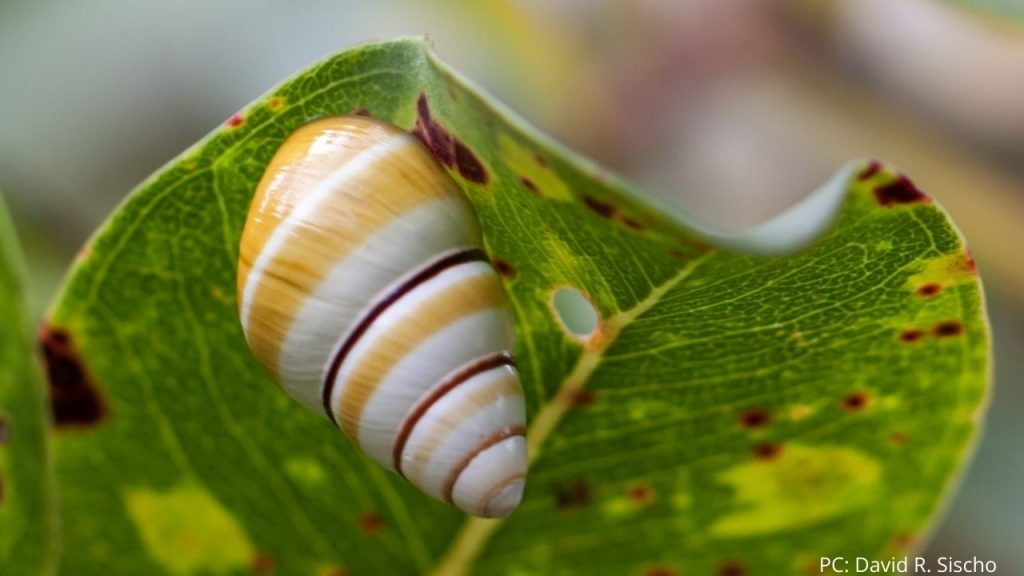
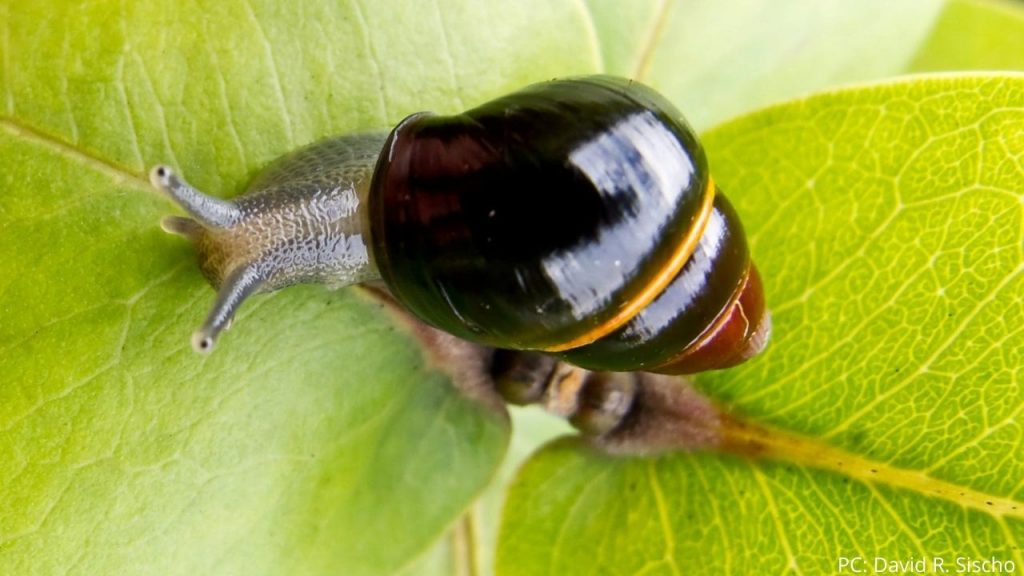
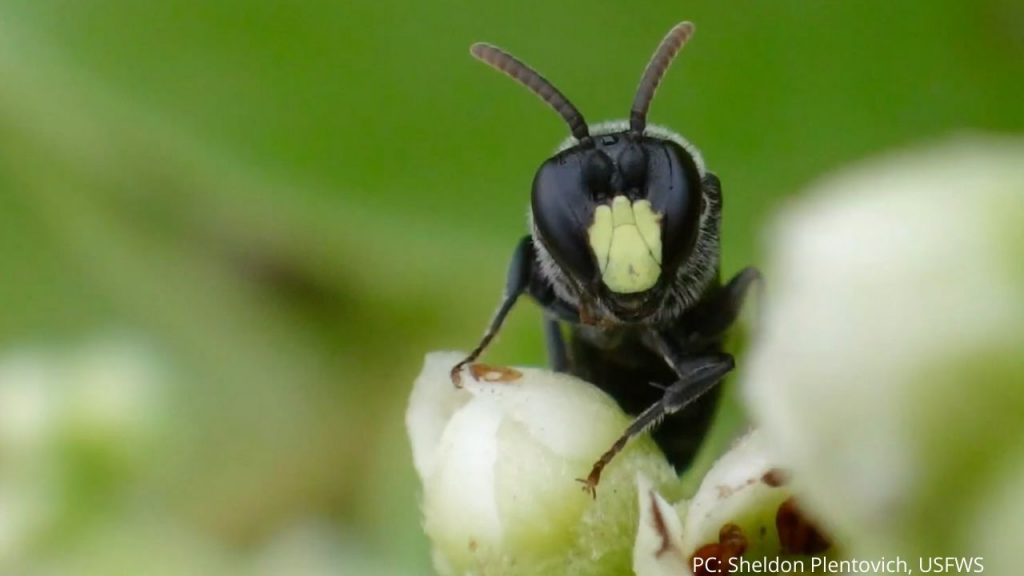
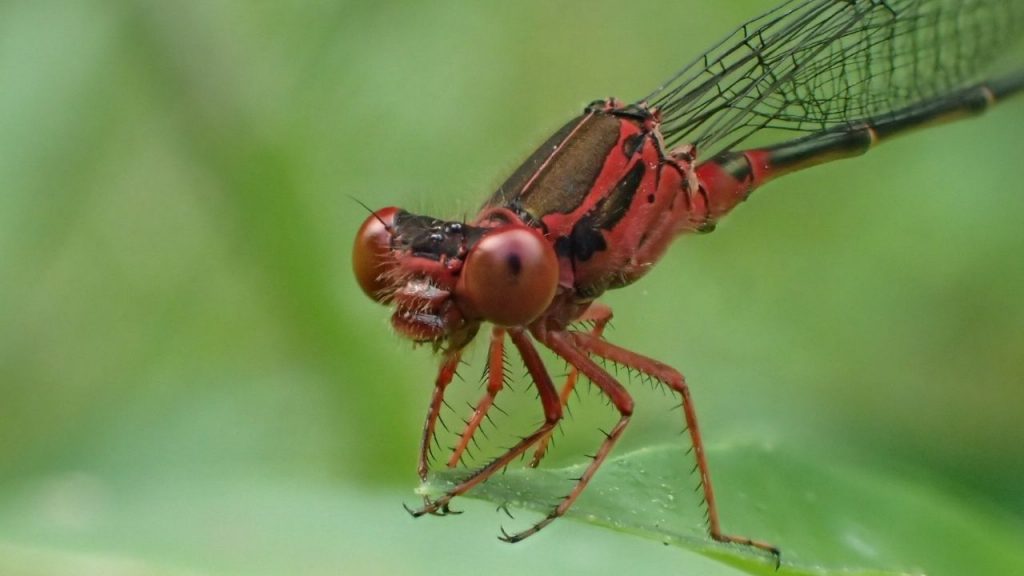 Pinapinao (Damselflies)
Pinapinao (Damselflies)